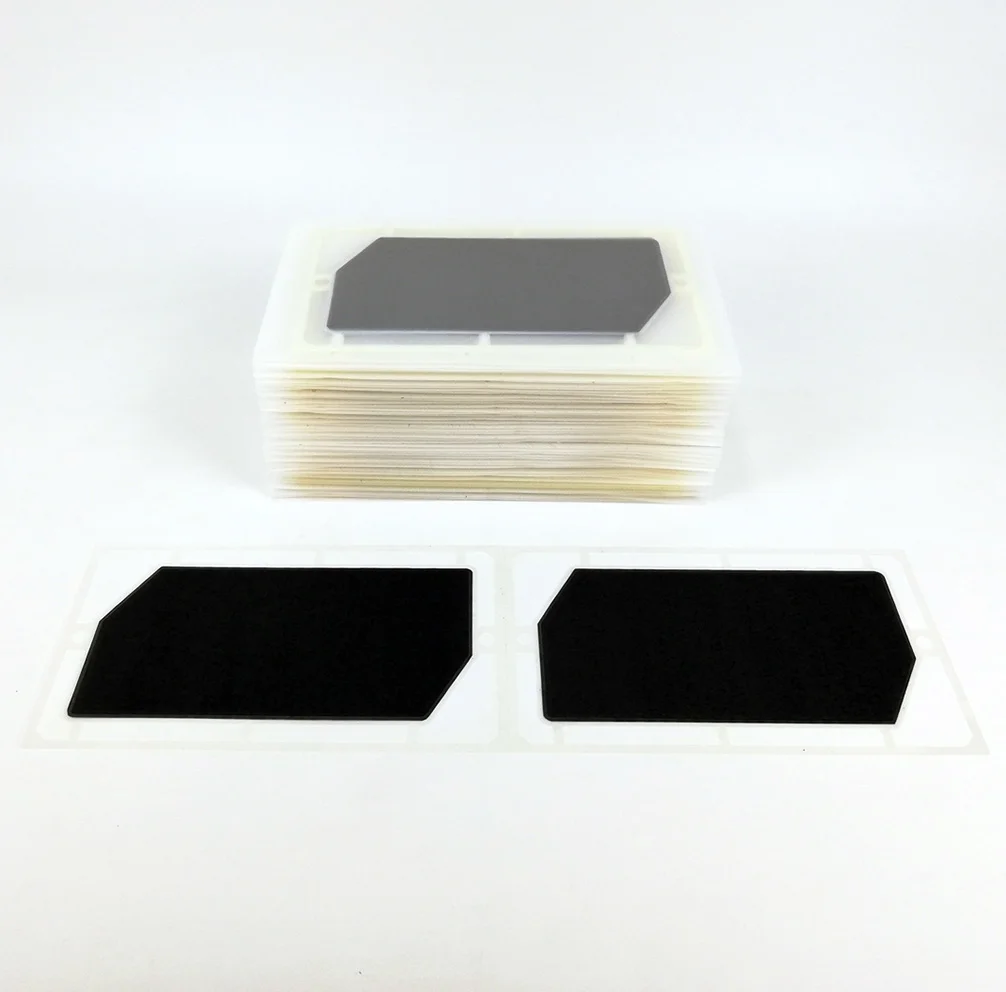Fuel Cell MEA
Brand Name: H2Gatech
Place of Origin:Yangzhou
Model Number:MEA
Product Name:Fuel Cell MEA
Fuel Type:Hydrogen/ Oxygen
Electrolyte:PEMFC
Voltage Range:Customized
Contact Area:Customized
Dimension:Customized
OEM/ODM:Availiable
Production:According to customer's drawing
Application:
UAV,Education kits, Home Appliances, Boats, Electric Bicycles/Scooters, Folk-lifts, electric vehicles, Electric Wheelchairs, Electric Power Systems, Solar Energy Storage Systems, Power bank etc.,
Water-Cooled MEA:
Structure: A water-cooled MEA consists of a Proton Exchange Membrane (PEM), an anode, and a cathode. Catalysts, typically platinum or other precious metals, are attached to the anode and cathode to facilitate the electrochemical reactions between hydrogen and oxygen, resulting in the generation of current and water.
Water Cooling System: A key feature of water-cooled MEA is an additional water cooling system. This system controls the working temperature of the MEA by circulating cooling water around it. This is done to ensure that the MEA operates within an appropriate temperature range, enhancing the efficiency and stability of the fuel cell.
Operating Principle: In water-cooled MEA, hydrogen and oxygen undergo electrochemical reactions at the anode and cathode, generating protons and electrons. Protons pass through the proton exchange membrane, while electrons flow through an external circuit, producing electrical current. Simultaneously, the water cooling system regulates the temperature of the MEA, preventing overheating.
Applications: Water-cooled MEA is typically used in high-power fuel cell systems, such as fuel cell vehicles or public transportation, where stable temperature control is necessary to meet high load and rapid response requirements.
Air-Cooled MEA:
Structure: An air-cooled MEA also consists of a Proton Exchange Membrane (PEM), an anode, and a cathode. Catalysts, typically platinum or other precious metals, are attached to the anode and cathode to facilitate the electrochemical reactions between hydrogen and oxygen, resulting in the generation of current and water.
Cooling Method: Unlike water-cooled MEA, air-cooled MEA utilizes natural convection or fans to dissipate heat and maintain the proper operating temperature. It doesn't require an additional water cooling system.
Operating Principle: In air-cooled MEA, hydrogen and oxygen undergo electrochemical reactions at the anode and cathode, generating protons and electrons. Protons pass through the proton exchange membrane, while electrons flow through an external circuit, producing electrical current. Temperature control is achieved through air cooling.
Applications: Air-cooled MEA is typically used in portable fuel cell devices, small-scale fuel cell generators, and applications that require portability and low complexity. Because they don't require an additional water cooling system, they can be more convenient and cost-effective in certain situations.










